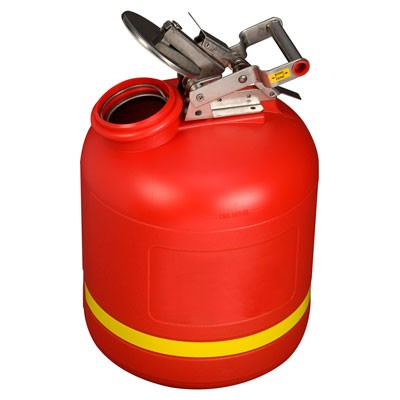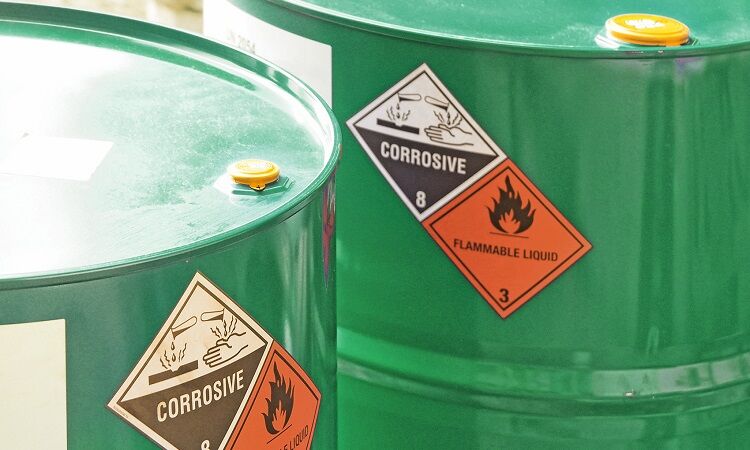Safe and Sustainable Liquid Waste Disposal: Your Go-To Company
Just How Liquid Waste Disposal Functions: A Thorough Review of Strategies and Technologies Utilized

Overview of Liquid Waste Types
The intricacy of fluid waste kinds demands a comprehensive understanding of their qualities and implications for disposal. Liquid waste can broadly be categorized into numerous kinds, consisting of industrial, metropolitan, agricultural, and unsafe waste. Each classification exhibits distinct properties, requiring specific monitoring methods to alleviate ecological and health and wellness threats.
Industrial liquid waste originates from making procedures and typically includes a series of impurities, such as hefty metals, solvents, and natural substances. Community liquid waste, largely making up wastewater from homes and business facilities, includes raw material, nutrients, and pathogens (industrial wastewater treatment). Agricultural fluid waste, including runoff from ranches, may have fertilizers, pesticides, and animal waste, positioning threats to water quality and environments
Unsafe fluid waste is defined by its toxicity, reactivity, or prospective to cause injury. This classification consists of compounds like acids, bases, and particular chemicals that necessitate rigorous handling and disposal procedures. Understanding these varied fluid waste types is critical for establishing effective disposal techniques and ensuring conformity with ecological policies. Correct classification and characterization are crucial for executing ideal therapy methods and decreasing the damaging effect on public wellness and the environment.
Physical Therapy Approaches

Testing is the preliminary step, where larger bits and particles are gotten rid of from the fluid waste making use of screens or grates. This process safeguards downstream devices from damages and guarantees smoother procedure. Complying with screening, sedimentation makes use of gravitational force to different solids from liquids. In sedimentation containers, much heavier particles resolve near the bottom, forming a sludge layer, while the cleared up liquid can be more dealt with.
Purification is an additional important approach that entails passing the fluid via permeable materials, such as sand or membrane layers, to catch smaller sized particles. This step enhances the quality of the fluid, making it ideal for succeeding treatment procedures.

Chemical Treatment Techniques
Chemical therapy techniques are essential for successfully managing liquid waste, especially in addressing dissolved and colloidal pollutants that physical techniques might not effectively eliminate. These methods utilize numerous chemical agents to neutralize, speed up, or change dangerous compounds into much less damaging kinds.
One typical method is coagulation and flocculation, where chemicals such as alum More hints or ferric chloride are contributed to promote the gathering of suspended particles. This process boosts sedimentation, enabling less complicated elimination of the resulting sludge. Furthermore, oxidation processes, utilizing agents like chlorine or ozone, are used to break down intricate organic substances and microorganisms, providing the waste much safer for discharge or more treatment.
Neutralization is an additional critical technique, which readjusts the pH of acidic or alkaline waste streams to neutral degrees, avoiding prospective harm to downstream systems and the atmosphere. In addition, progressed oxidation processes (AOPs) use combinations of oxidants and ultraviolet light to weaken relentless toxins, achieving a greater level of treatment performance.
Biological Treatment Processes
Biological treatment procedures play a critical function in the monitoring of liquid waste by making use of microorganisms to disintegrate natural matter and lower contaminant levels. These procedures can be extensively classified right into anaerobic and aerobic treatments, each utilizing particular microbial neighborhoods to accomplish efficient waste destruction.
Cardiovascular therapy entails the usage of oxygen to promote the failure of organic products by germs. This process is commonly carried out in triggered sludge systems, where aeration containers supply a conducive environment for microbial development, resulting in the oxidation of organic toxins. The resultant biomass can be separated from treated effluent with sedimentation.
On the other hand, anaerobic therapy occurs in the lack of oxygen, counting on various germs to damage down organic issue. This approach is specifically beneficial for high-strength waste, as visit the website it produces biogas, a renewable power source, while lowering sludge manufacturing. Technologies such as anaerobic digesters are often used in community and industrial applications.
Both anaerobic and cardio organic treatments not just reduce the environmental impact of liquid waste but likewise help with source recovery, making them necessary parts of sustainable waste monitoring approaches. Their efficiency, flexibility, and effectiveness sustain their extensive application throughout various industries.
Arising Technologies in Disposal
Innovative techniques to liquid waste disposal are rapidly advancing, driven by improvements in modern technology and a raising emphasis on sustainability. Among these emerging innovations, membrane layer bioreactors (MBRs) have gained grip for their capacity to incorporate organic treatment with membrane filtration, resulting in top notch effluent that can be reused in various applications. MBRs make it possible for smaller impacts and a lot more efficient operations compared to standard systems.
Another encouraging advancement is making use of anaerobic digestion combined with nutrient healing technologies, which not just treats fluid waste but here likewise generates biogas and recovers beneficial nutrients like nitrogen and phosphorus. This dual advantage improves source performance and reduces ecological influence.
Furthermore, advanced oxidation processes (AOPs) are being embraced for the degradation of complex natural pollutants. These approaches utilize effective oxidants and drivers to break down pollutants at the molecular degree, offering an extremely effective remedy for difficult waste streams.
Furthermore, the integration of expert system and artificial intelligence in waste administration systems is maximizing functional effectiveness and predictive maintenance, causing minimized prices and enhanced ecological compliance. These technologies show a significant change towards more reliable and sustainable fluid waste disposal techniques.
Conclusion
Finally, reliable liquid waste disposal necessitates an extensive understanding of various techniques and modern technologies. The integration of physical, chemical, and biological therapy methods guarantees the reliable administration of varied waste kinds. In addition, the introduction of ingenious innovations enhances therapy effectiveness and advertises sustainability in waste management practices. By continually advancing these methodologies, it comes to be feasible to attend to the expanding obstacles related to liquid waste, eventually adding to environmental security and resource healing.
Fluid waste disposal is a critical facet of environmental administration, needing a detailed understanding of numerous strategies and technologies tailored to various waste types. Fluid waste can generally be categorized into numerous types, including commercial, local, farming, and harmful waste. Agricultural fluid waste, consisting of runoff from farms, may have plant foods, pesticides, and animal waste, presenting risks to water high quality and ecosystems.
Different physical therapy techniques play an important duty in handling fluid waste efficiently - industrial wastewater treatment.In verdict, effective fluid waste disposal requires a detailed understanding of numerous methods and technologies